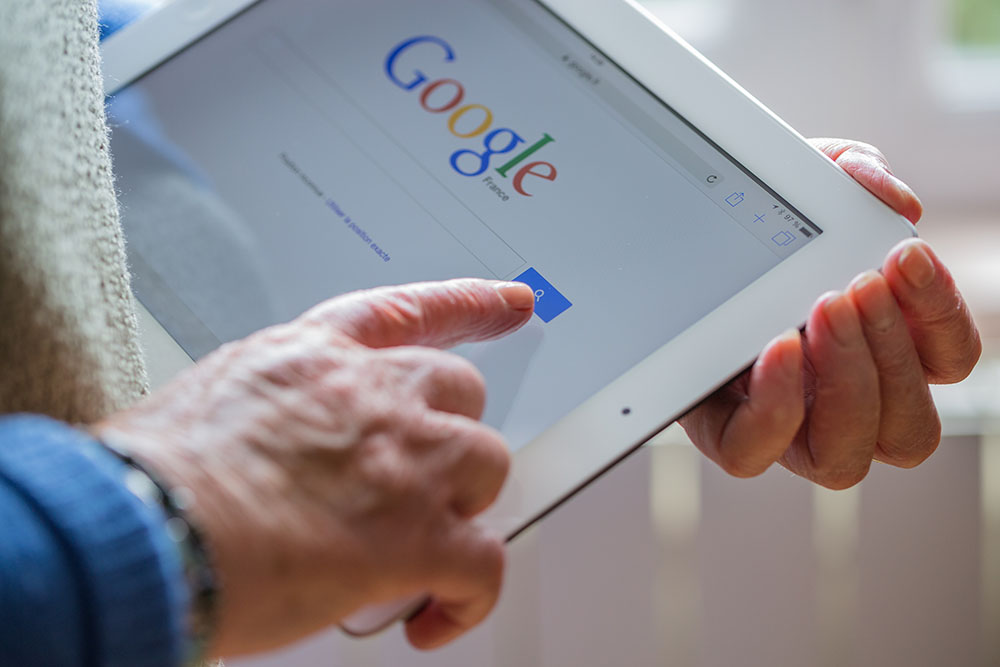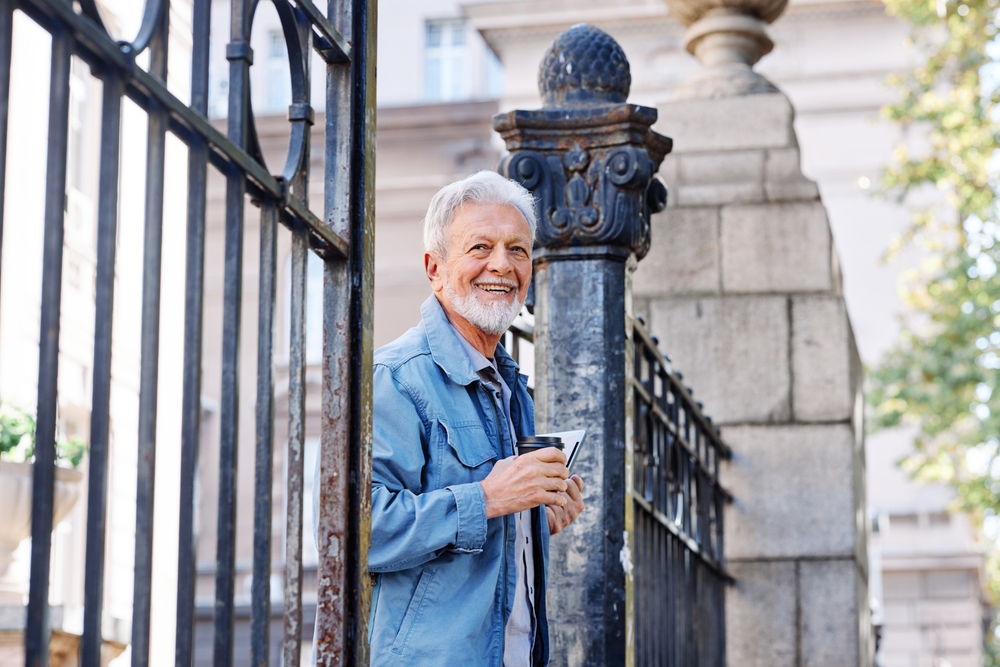America has three major housing issues for seniors: affordability, physical accessibility, and access to medical care and other services. There is a need for creative solutions to housing.

How Technology Is Helping Seniors Combat Loneliness
Even in the best of circumstances, adults living in senior communities and long-term care facilities fight loneliness and isolation, which is linked to anxiety, depression, cardiovascular disease, and other ailments. During the COVID-19 pandemic, the Centers for Disease Control and Prevention (CDC) senior facility guidelines have increased problems of isolation for the more than one million American adults who live in assisted living facilities and nursing homes. These seniors and those in private homes who are sheltering-in-place are experiencing the absence of direct connection to family and friends. Today it is more important than ever to provide mechanisms for their health and happiness while practicing social distancing during the coronavirus quarantine.
For those in long-term care facilities, now that visitation has ceased, the only human contact is with the facility staff and doctors who present themselves wearing full personal protective equipment (PPE) such as masks, gowns, and gloves. The minimal contact is with staff that no longer looks familiar and may even appear scary to residents, particularly those with cognitive impairment. Social distancing practices and wearing masks in a loved one’s home have a similar effect and create frustration as cherished hugs are not permissible. The longer the threat of infection from COVID-19 goes on, the more likely that loneliness will become a mental health problem. Intelligent and creative use of technology can alleviate the stresses for many of these seniors by providing entertainment and communication.
Coordinate Daily Check-in Time
Most seniors prefer structure and reliability, so coordinate daily check-in times with your loved one. It can be as simple as a phone call or text. For seniors who are comfortable with more advanced technology, Skype, Facetime, WhatsApp, WeChat, Loop, and Zoom all provide video content as well as voice. Don’t forget the option of a group text to include multiple family and friends at the same time, and if you are using Facetime or Zoom, you can create a “family dinner” experience. Even the cooking aspect of the meal can be integrated into the video chat.
Utilize Technology That Tracks Activity
Wellness devices that track exercise like Apple watch, Garmin, Kardia, or Fitbit are great prompters for seniors to keep moving and exercise. These devices can be set for modest 10-minute group exercises, which are important to keep blood flowing, stimulate brain function, improve the immune system, and reduce depression. Activity level notifications can be sent to your phone, providing the opportunity to nudge your loved one out of sedentary behavior. During quieter moments, a carefree companion pet like Hasbro’s Joy for All Companion Pet can bring fun, companionship, and comfort for your loved one. These may be robots, but they are soft and cuddly with realistic fur and respond to petting and hugging motions creating a give and take relationship. If your senior prefers a dog, Joyforall has a companion pet golden pup that can also bring comfort. These robotic pets offer a soothing and joyful experience that often prompts fond memories of a senior’s beloved pet.
Discover New Technology that Emulate Social Interactions
Hapbee is available for pre-order and is an augmentative wearable device emulating normal molecular interactions in the body’s small, specific magnetic fields that can replicate different feelings. There are six general mood categories; alert, happy, pick me up, calm, relaxed, and sleepy through safe, low energy magnetic signals. Worn as either a headband or loosely around the neck, a senior can use Hapbee to guide their feelings to their desire. Another technology that can help during this pandemic is the HumanCharger light therapy device made by Valkee. This device is a powerful tool for those people over the age of 60 experiencing lack of sunshine, melatonin production, reduced energy levels, and difficulty getting restful sleep. The HumanCharger stimulates the photosensitive receptors in the brain using calibrated white light. This light passes through the ear canals and structure, and this stimulation affects the brain’s neural circuits via neurotransmitters like dopamine, serotonin, and noradrenaline. In just 12 minutes a day using the Valkee device and LED earbuds, a senior can experience the needed dosage of sunlight to re-establish the body’s natural circadian rhythms by resetting a person’s natural internal clock.
Engage Seniors with Online Gaming
Finally, do not overlook the world of online gaming to keep a senior engaged during the COVID-19 pandemic. Word Cross, Candy Crush, Words with Friends, Cookie Jam, Minecraft, and more can provide hours of entertainment. If your senior is a retired pilot, try a flight simulator, or if they prefer chess, they can play against a computer or individuals worldwide. Your loved one can watch favorite TV shows, movies, or keep up with family and friends via Facebook. Video games and computer use, in general, promote hand-eye coordination, mind training, and memory, and raise endorphin levels that keep blood flowing. While your senior is engaging in the online world, however, be sure they do not fall prey to a self-destructive behavior known as “doomscrolling.” The onslaught of dystopian stories relating to the coronavirus pandemic combined with stay at home orders can find a senior binging on bad news, trapping them in cycles of negativity. So, in your daily check-in, ask where your senior is spending their time online to ensure they don’t spiral into a vicious cycle of negativity which creates anxiety and depression.
Encourage your senior loved one to employ technology to help reduce feelings of isolation and loneliness. Many seniors are unaware of just how varied and robust online entertainment and personal technology has become. All these technologies can help a senior maintain emotional balance and wellness during this pandemic and beyond.



